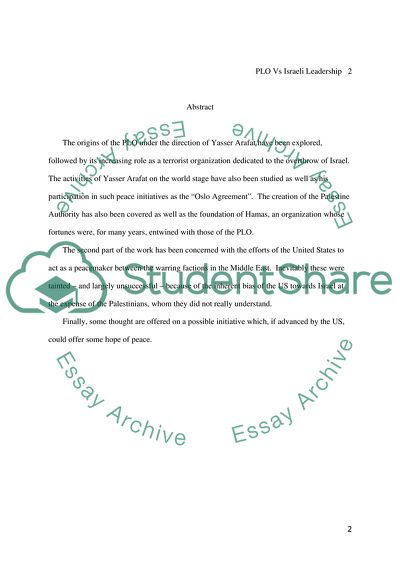Cite this document
(Yasser Arafat and the Palestine Liberation Organization Research Paper, n.d.)
Yasser Arafat and the Palestine Liberation Organization Research Paper. Retrieved from https://studentshare.org/politics/1732822-yassir-arafat-plo-vs-israeli-leadership-and-how-it-is-seen-by-the-us-govt
Yasser Arafat and the Palestine Liberation Organization Research Paper. Retrieved from https://studentshare.org/politics/1732822-yassir-arafat-plo-vs-israeli-leadership-and-how-it-is-seen-by-the-us-govt
(Yasser Arafat and the Palestine Liberation Organization Research Paper)
Yasser Arafat and the Palestine Liberation Organization Research Paper. https://studentshare.org/politics/1732822-yassir-arafat-plo-vs-israeli-leadership-and-how-it-is-seen-by-the-us-govt.
Yasser Arafat and the Palestine Liberation Organization Research Paper. https://studentshare.org/politics/1732822-yassir-arafat-plo-vs-israeli-leadership-and-how-it-is-seen-by-the-us-govt.
“Yasser Arafat and the Palestine Liberation Organization Research Paper”, n.d. https://studentshare.org/politics/1732822-yassir-arafat-plo-vs-israeli-leadership-and-how-it-is-seen-by-the-us-govt.


